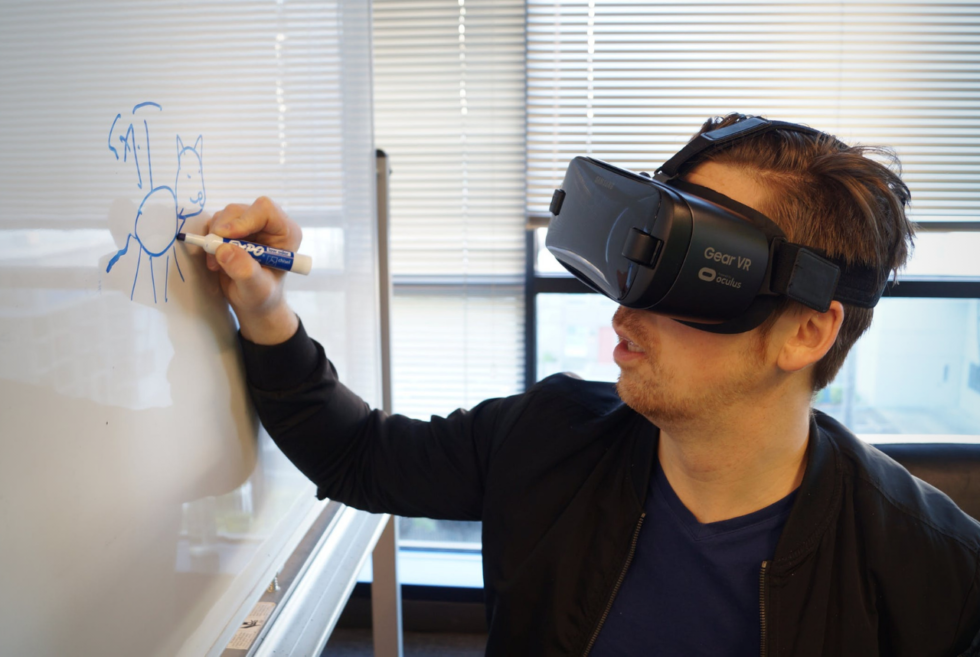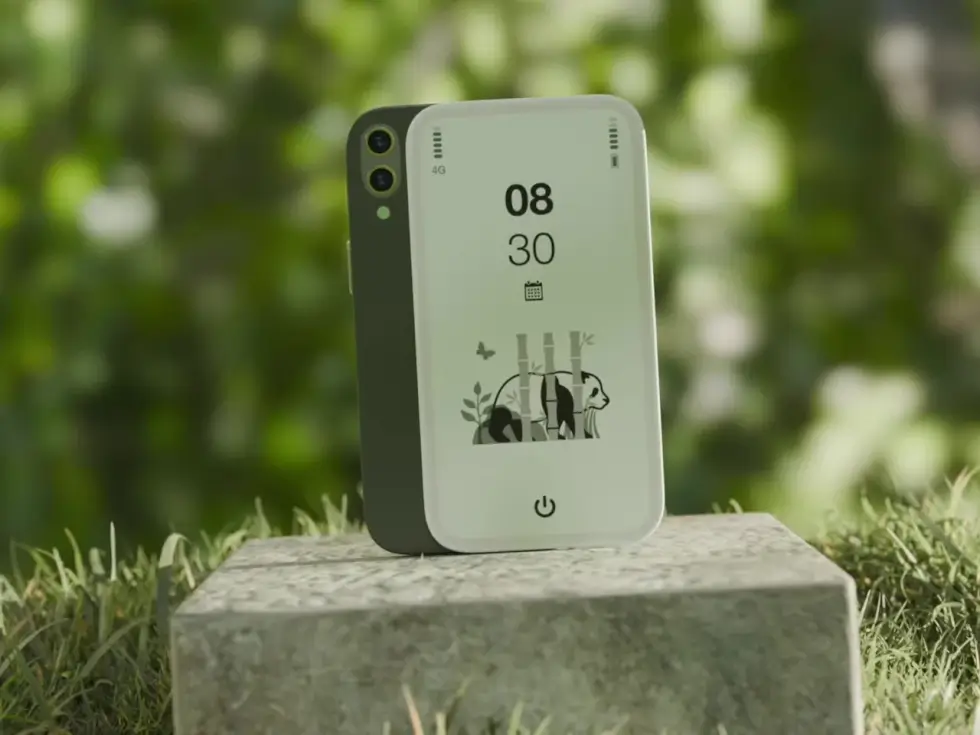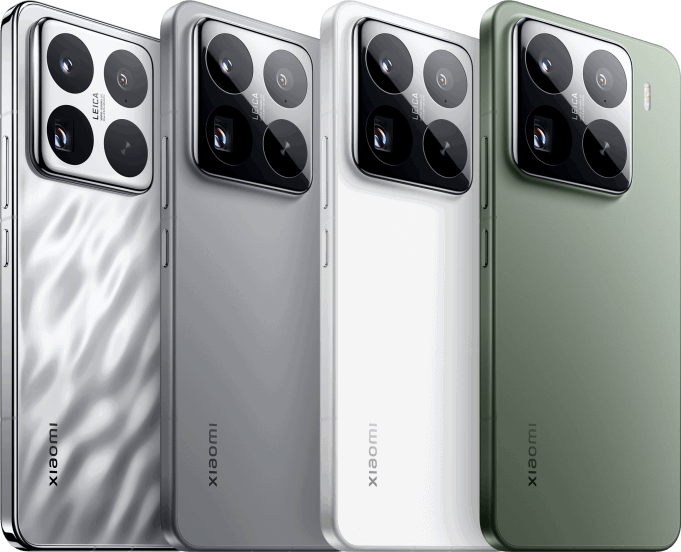Some people are still left asking the question of why is technology important in education. The answer to this is quite clear when you consider the use of VR in classrooms. Virtual reality learning can make school feel safer, more informative, and overall easier to digest.
In addition to all of that, virtual reality in education could also make learning more entertaining. Moreover, there are more than 100 entertainment examples you may check. These free essay examples about entertainment can help both students and teachers understand. It even demonstrates that learning can and should be fun. There are even some studies which suggest the addition of some entertainment value to lessons helps students learn more easily and achieve better results.
What Is VR?
With schools, colleges, and universities all over the world starting to reopen, there’s an evident need to implement VR in the lives of both students and teachers. VR (virtual reality) generates a 360-degree digital environment that looks and feels completely real. It allows students to literally immerse themselves in the learning experience and better understand new ideas and topics. The technology can be used to help any university student understand difficult-to-grasp concepts. It does so by allowing them to view and inspect at their own pace.
It can also help any teacher that has trouble explaining some intangible ideas — by making them tangible. This way, the teacher won’t have to rely solely on reading some words from a textbook to teach their class, as they’ll actually be able to present them interactively.
Benefits of VR:
- It helps keep lessons interesting and entertaining.
- There are no limits to what you can see.
- Innovative.
- A preview of future education platforms
How Can VR Be Used in Education?
People have been using virtual reality in entertainment for years, so, why wouldn’t we count on VR to make our education fun as well? Virtual reality is one of the best ways that teachers can help their students take full advantage of technology for learning purposes — and make it immersive. There are more than one way we can accomplish this, so let’s take a look at a few examples of using VR in education.
Making Learning Fun
As we noted, VR makes learning easier, fun, and more appealing. Ever since early childhood, we’ve learned things through experiencing, and seeing them, and this learning style can help us during adulthood as well. Most of us rely on our sight for picking up non-verbal cues, expanding our knowledge, and memorizing — and VR allows us to do just that. Not to mention, it’s much easier to learn new, more complex ideas and lessons by making them entertaining.
Engage & Inspire
Through VR, teachers could even implement game-based learning to increase their students’ engagement. Teachers will also be able to inspire their students, by allowing them to see the world in a different light, and in a way, they haven’t seen before. The best part is that since there are no limits to what we can see with VR, there are no limits to what we can learn with its help.
Explore Different Concepts and Cultures
VR could help a geometry student view geometric shapes in every possible perspective and examine them to better understand the concept. Also, history majors can be transported back in time to see major events as they unfold. Finally, students could feel more inspired and free to explore topics outside of their comfort zone through VR.
To Conclude
Introducing virtual reality in the classroom can improve on the classic teaching system in more ways than one. It can likewise make students feel safe, inspired, and enthusiastic while learning. A classroom doesn’t even have to own the best VR system, in order to take full advantage of it. All that matters is it should be filled with willing teachers and students alike, who’re able to make the most of the system — and turn education into entertainment.




